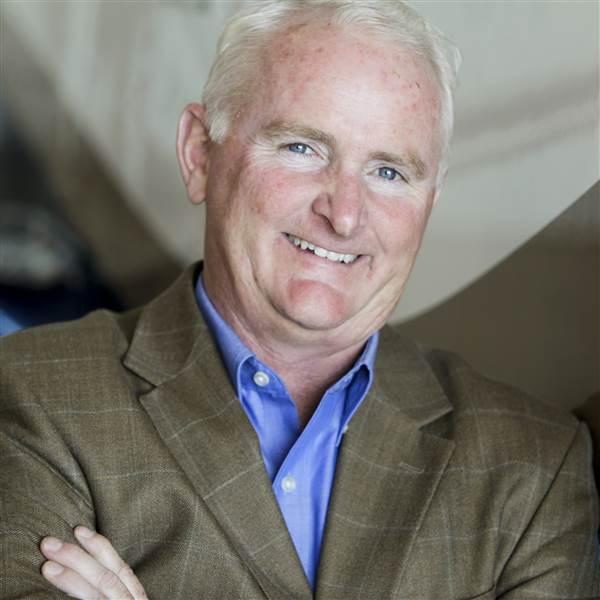Unleaded fuel
You’ve got questions
As I have often stated, I have faced no bigger issue in my time at AOPA than the need for a safe transition to an unleaded future. I will never defend lead, but I will vigorously advocate for a smart transition that does not negatively impact the current fleet.
This is not a matter of politics; it’s a matter of safety. I don’t have to tell you the potential catastrophic impact of using the wrong fuel. But there is a blatant disregard for safety by a local government body in California that is prohibiting the sale of 100LL before we have a replacement fuel that can be used by all aircraft (looking at you, Santa Clara County).
With so many questions on this issue, I wanted to keep you updated on this unleaded fuel transition.
What is AOPA doing to help get an unleaded fuel to market?
First, AOPA is not a fuel provider or developer. AOPA’s role includes leading an industry effort to keep the transition on track and ensure that everyone is aligned and preparing for a seamless conversion to unleaded fuel. We don’t support a specific process or fuel candidate; we support the fuel(s) that will achieve our goal as quickly and safely as possible.
What is the status with GAMI and Swift Fuels?
Both GAMI and Swift Fuels are pursuing the STC route, which is one of two FAA pathways for certification. I know, through my discussions with George Braly of GAMI and Chris D’Acosta of Swift Fuels, that both companies are making good progress. GAMI received FAA approval for hundreds of piston aircraft engine models to burn 100-octane unleaded avgas, and is working with the agency to receive approval of STCs for higher compression engines. This is taking longer than either GAMI or the FAA anticipated, but meetings at Oshkosh hopefully put the process back on track. Swift Fuels expects fleetwide approval for a 100-octane unleaded formulation to be ready to deploy in 2023 and be available fleetwide within three years. The FAA also continues its testing and evaluation program known as the Piston Aviation Fuel Initiative (PAFI), and two fuel candidates are going through that process.
When can pilots realistically expect a full transition to an unleaded fuel for the GA fleet?
While the industry-government partnership is calling for a full transition by 2030, I believe that is a worst-case scenario and I expect this to be achieved before then. All connected—scientists, engineers, GA associations, aircraft and engine manufacturers, policy makers, and airport executives—are committed to getting this done and working every day toward that goal.
Will unleaded fuel be more expensive?
The goal is to ensure that an unleaded higher-octane fuel will not be significantly more expensive than 100LL. While some reports say that 100UL will carry a small cost increase, AOPA has made it clear that the solution cannot be cost-prohibitive. Studies also show that engines using newer fuels being tested may be able to fly longer between maintenance, lowering some operating costs.
Why is the FAA putting politics above safety by allowing airports to prohibit the sale of 100LL during a transition period?
We are taking steps to reverse the irresponsible prohibition of 100LL sales at Reid-Hillview and San Martin in California. All airports across the country must follow the rules that apply when they take federal grants, and the FAA needs to enforce them.
What can pilots do to help ensure that we have a safe and smart transition to an unleaded fuel?
Stay informed and engaged. Review your aircraft’s type certificate data sheet and updated service information from engine and airframe manufacturers to be certain which fuels are allowable in your aircraft. Talk to your airport manager, your airport board, and your representatives in Congress to express the need for 100LL while we work toward a transition. Also stay up to date on the issue and follow the latest news on AOPA’s 100UL information site (aopa.org/100UL).
Together, we will address and meet this challenge.



